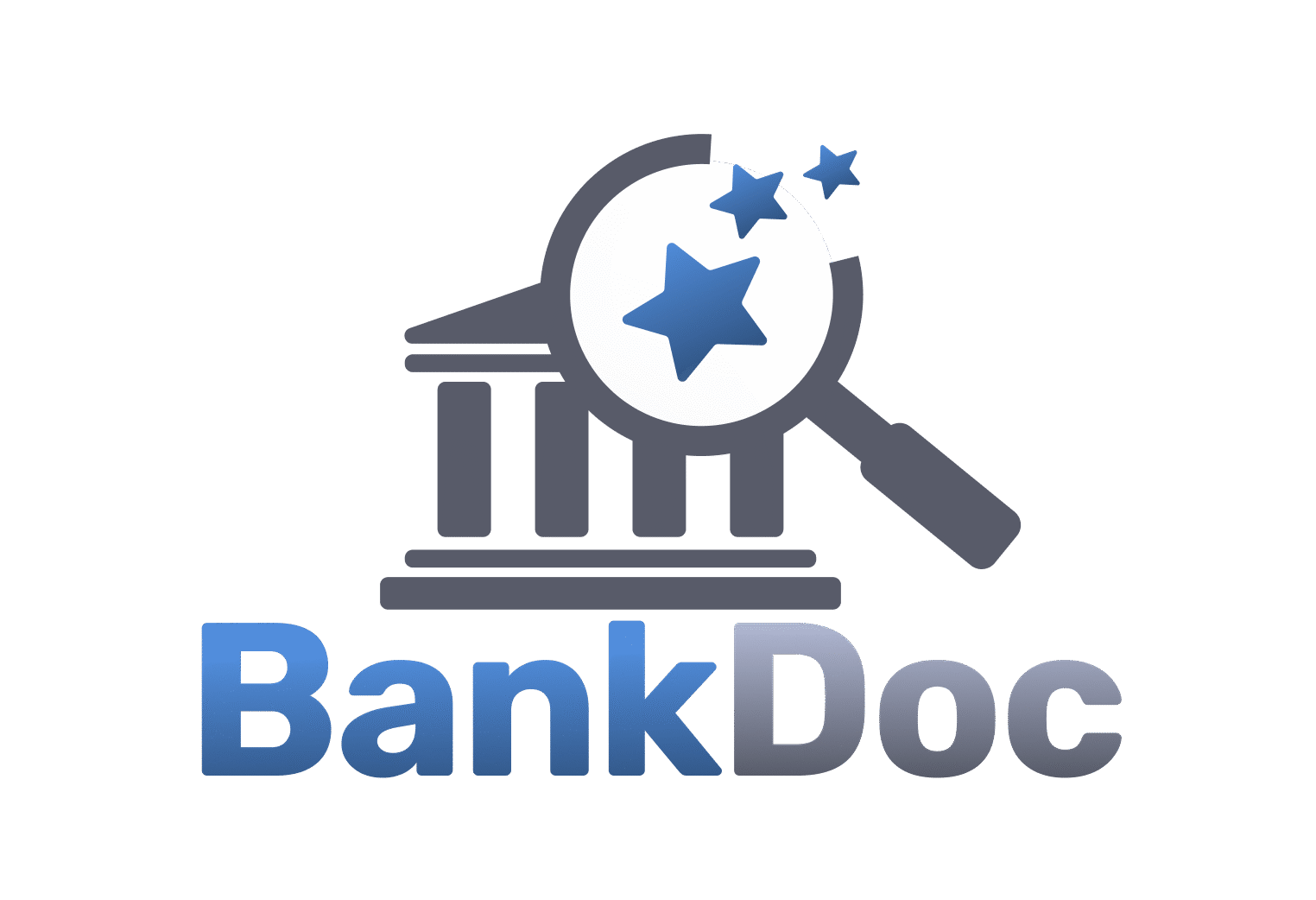Introduction: Rising Interest Rates in Europe, 2025
In 2025, interest rates in Europe have reached their highest levels in over a decade. In response to persistent inflationary pressures, the European Central Bank (ECB) has raised its benchmark rate to 4.5%. This shift is reshaping personal finance across the continent, from how people save to how they borrow and spend.
This article explores the key effects of rising interest rates on European consumers and provides actionable strategies for adapting to the changing financial environment.
Savings Habits in a High-Rate Economy
Higher Returns on Savings Accounts
With elevated ECB rates, traditional and online banks across Europe now offer more attractive interest rates on savings products. In countries like Germany, Austria, and the Netherlands, consumers can now access savings accounts yielding 3–4%, a significant change from the near-zero rates of recent years.
Increased Popularity of High-Yield Accounts
Digital-first banks and fintech platforms such as N26 and Bunq are attracting savers with flexible high-yield savings accounts. Europeans are moving funds into these accounts to take advantage of daily compounding and minimal fees.
Inflation-Proof Saving Strategies
Even as inflation in the Eurozone stabilizes around 2.3%, savers are becoming more strategic. They are choosing financial instruments that protect against inflation, such as government bonds, fixed deposits, and structured savings plans.
Borrowing Trends Under Pressure
Higher Mortgage Rates Impact Housing Markets
Rising interest rates have pushed mortgage rates across Europe to 4.5%–5.2%. This is reducing home affordability and prompting a shift in buyer behavior.
- In France and Spain, some borrowers are postponing home purchases.
- In Italy and Portugal, fixed-rate mortgages are becoming the preferred option as buyers seek long-term stability.
Credit Card and Personal Loan Costs Rising
Across the EU, credit card interest rates now exceed 18% in many regions. As a result, consumers are relying less on traditional credit and more on alternatives like:
- Buy Now, Pay Later (BNPL) services
- Peer-to-peer lending platforms
- Low-interest neobank loans
Changing Financial Behavior Among Consumers
Greater Emphasis on Financial Literacy
In response to economic uncertainty, more Europeans are prioritizing financial education. Tools such as budgeting apps, savings calculators, and investment simulators are widely used to plan monthly expenses and assess debt affordability.
Popular apps include:
- Revolut (UK, broader EU)
- N26 (Germany)
- Yolt (Netherlands)
Shift in Spending Behavior
With debt becoming more expensive, discretionary spending is declining. Consumers are delaying:
- Car purchases
- Foreign holidays
- Luxury goods
Instead, many are focusing on reducing debt and building emergency savings.
Smart Strategies for 2025 and Beyond
To stay financially secure in this environment, consumers should consider these tips:
- Reassess Variable Debt:
Convert variable-rate loans to fixed-rate if possible to reduce long-term risk. - Use High-Yield Savings Accounts:
Look for online banks offering rates above 3% and flexible withdrawal options. - Build a Cash Reserve:
Aim to save 3–6 months of living expenses to cushion against further rate hikes or economic downturns. - Explore Government Bonds:
Short-term treasury bonds and inflation-linked instruments can offer stable returns with lower risk. - Compare Financial Products Frequently:
Use comparison tools to find the best rates on loans, savings, and insurance products across EU member states.
Outlook for 2026
While some analysts predict that interest rates may begin to ease in early 2026, most agree that Europe has entered a “higher-for-longer” phase. This means that both savers and borrowers will need to adjust their financial plans for a prolonged period of elevated rates.
By staying informed and proactive, consumers can not only avoid financial strain but also take advantage of high-interest opportunities in a changing economy.
Conclusion
The era of ultra-low interest rates in Europe is over—for now. Higher rates are redefining personal finance, and individuals who adapt quickly will fare best. Whether you’re saving for the future or borrowing for a major purchase, understanding the effects of rising interest rates in 2025 is essential to making sound financial decisions.
FAQ: Interest Rate And Saving/Borrowing Habits
Higher interest rates typically lead to better returns on savings accounts. In 2025, many European banks are offering savings interest rates between 3–4%, encouraging more consumers to save
In a high-rate environment, fixed-rate mortgages provide more stability and protection against future increases. Many borrowers in Europe are opting for fixed-rate options in 2025
Credit card rates are linked to central bank policy rates. As the European Central Bank raises its benchmark rate to control inflation, lending institutions increase their rates accordingly, resulting in higher credit card APRs
Instruments like government bonds, high-yield savings accounts, and inflation-linked securities are considered safer options when interest rates are high
Consumers can convert variable loans to fixed, consolidate debt, switch to high-yield savings, reduce discretionary spending, and track financial goals using budgeting tools
Yes, higher mortgage costs often reduce housing affordability, which can cool demand and slow property price growth, especially in urban areas
Analysts are divided, but many expect rates to remain high into early 2026. The European Central Bank is likely to maintain elevated rates until inflation returns fully to its 2% target
